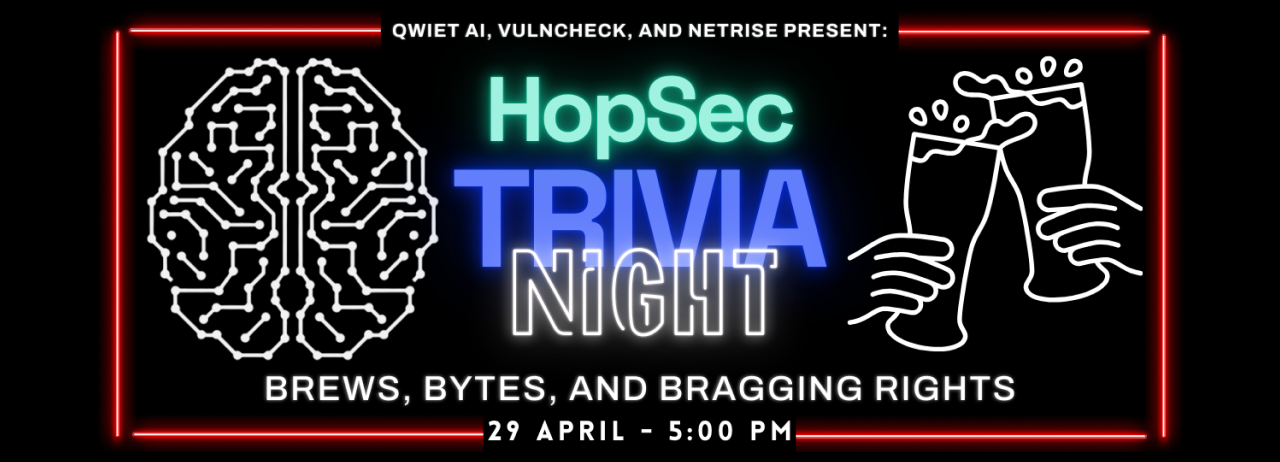Why Firmware Must Be Part of Your ISO 27001 Compliance Strategy
Most ISO/IEC 27001 implementations don’t go deep enough. They overlook the firmware that powers connected devices – from IoT to medical devices to ICS and beyond. If you can’t see into that layer, your security program and your audit posture may only cover part of your ecosystem.
Did you know that an average of seven network-accessible weaponized vulnerabilities are found on each enterprise networking device? That’s a risk you can’t ignore.
If your ISMS (Information Security Management System) doesn’t include secure firmware development and a clear view into the software running on your connected devices, you’re missing a critical layer of your risk surface and overlooking valuable opportunities to identify, mitigate, and remediate threats before they become incidents.
ISO/IEC 27001 is widely known as a framework for managing information security, but its relevance doesn’t end with enterprise IT systems. For manufacturers and operators of connected devices, ISO 27001 offers a powerful roadmap for risk management, secure development, and supply chain oversight.
What ISO 27001 Says About Firmware: 5 Controls You Can’t Ignore:
- Asset Management (Annex A.8)
An important part of your attack surface, firmware is also a critical asset that controls how a device behaves, from boot processes and hardware interactions to communications and security protocols. In many connected devices, firmware governs access controls, encryption, and securing data at the edge. That makes firmware a critical asset, even if it’s often opaque and hard to inspect.
Under ISO 27001, you need to identify all of your information assets and then classify and protect them. Traditional Software Composition Analysis (SCA) relies on access to source code, but, with firmware, that's often not available. Firmware frequently contains opaque, compiled binaries that can include third-party libraries, open-source components, and custom code. All of these may lack clear documentation.
With binary analysis, you can examine firmware directly, even when you can't access the source code, so you can have a full, classified binary-level inventory of the components within. That includes not just third-party libraries, but also configuration files, hard-coded secrets, custom scripts, and other hidden risk factors that traditional SCA tools can’t detect. Armed with that visibility, you can include firmware within your software asset inventory and move forward with identifying, prioritizing, and mitigating risks as you work toward ISO 27001 compliance. - Risk Assessment and Supplier Management (Annex A.15)
A single connected device, such as a networking appliance, can contain over 1,200 distinct software components, including third-party binaries. ISO 27001 requires the evaluation of risk coming from external dependencies from your software supply chain. You can’t do that if you’re not seeing into your binaries.
Even if you don’t have the source code, you can still gain meaningful visibility into your software supply chain risk through binary analysis. That’s because what’s in the source code isn’t always what ends up in the final product. Compilers can introduce changes. Build processes can pull in undocumented dependencies. And firmware often contains third-party components, outdated libraries, or insecure configurations that aren’t visible through source code alone.
Binary analysis flips the script by analyzing the actual compiled firmware: the code that’s really running on your devices. This lets you generate more accurate SBOMs, uncover hidden vulnerabilities, and assess third-party risk with confidence, even when the source code is unavailable or incomplete. - Vulnerability Management (Annex A.12.6)
Annex A.12.6 asks you to identify, report, and remediate your vulnerabilities, even those buried in compiled binaries. Traditional SCA tools focus on source code and declared dependencies, which means they can overlook critical security issues lurking in the compiled firmware.
Binary analysis fills that gap by examining what’s actually in the build, not just what was intended. This can help uncover hidden or outdated libraries, hard-coded secrets, insecure configurations, and embedded scripts. These issues are especially common in legacy systems that weren’t built with Secure by Design principles in mind, meaning that you should extend your vulnerability management to the binary level. - Supplier Relationships (Annex A.15)
ISO 27001 Annex A.15 calls for extending security controls into your third-party relationships,, including both hardware and software suppliers. For connected device manufacturers, that means verifying the integrity of device-level components received from upstream vendors.
SBOMs generated through binary analysis provide transparency into exactly what’s running on your devices, even when suppliers can’t (or won’t) give you a complete view. With this level of visibility, you can confidently assess third-party risk, close gaps that attackers could exploit, and demonstrate due diligence, helping you sleep better at night knowing what’s in your products, and its provenance. - Monitoring and Logging (Annex A.12.4)
In most conversations around logging, people talk about IT systems, but logging can extend to connected devices too. Adding device telemetry and logs to your incident response process makes you more able to respond quickly and reduce damage when attacks strike.
Strengthen Your ISO 27001 Program with Firmware Visibility from NetRise
When you're working toward compliance with ISO 27001, there's a good chance that past efforts stopped at the firmware layer. That’s where NetRise can help. NetRise analyses firmware and device software at scale. With NetRise, you get the visibility you need to manage risk where traditional tools fall short.
Use NetRise to generate accurate binary SBOMs, uncover deeply hidden vulnerabilities in your software supply chain, and assess third-party risk to the component level, all without relying on source code. Binary analysis gives you a more complete and reliable picture of what’s actually running on your devices. Strengthen your ISO 27001 program by improving visibility into your software asset inventory, tightening vulnerability management, and deepening supplier oversight.
With NetRise in your workflow, you can strengthen the security of your connected devices by uncovering hidden risks in the firmware layer, an area that’s often overlooked. By bringing deeper visibility into what’s actually running on your devices, you can reduce supply chain risk, improve ISO 27001 alignment, and take proactive steps to protect your products and customers.
3 Firmware Security Takeaways for ISO 27001 Compliance
- Expand your software asset inventory. Include firmware.
ISO 27001 wants you to consider, comprehensively, your information assets. Don’t overlook firmware.
And ISO isn’t alone. The CIS Critical Security Controls start with Inventory and Control of Enterprise Assets and Software Assets, but traditional asset inventories often stop short of the firmware layer. Firmware may be opaque, but it’s still code that runs your devices. If you’re not accounting for firmware, you’re missing a foundational element of your risk surface. - Assess third-party risk at the binary level.
True software supply chain security doesn’t stop at supplier attestations or outdated SBOMs. Get deep into your firmware and see how open-source components, licensing issues, and vulnerabilities could impact your supply chain. - Integrate device-level systems into your vulnerability management program.
Extend your vulnerability detection and remediation process to the firmware level. Consider device-level components in triage workflows, patch planning, and incident response and get the upper hand on risk.
Continue the Conversation. NetRise Can Help!
ISO 27001 might not call out firmware by name, but its spirit and structure make it clear: you have to consider every information asset, including the firmware that powers your connected devices. As these devices continue to become ubiquitous and even more heavily regulated, it’s up to you to ensure that your ISMS sees into your firmware layer.
If your ISO 27001 program stops at the operating system or application level, you could be leaving a critical attack surface open to risk. Bring firmware into scope and you’ll strengthen your compliance posture, improve risk visibility, and take a big step toward securing your connected ecosystem.
It's time to move beyond trusting the controls and good faith of your software supply chain. With NetRise, you can still trust—but also—verify. Take control of your software supply chain security today and experience the power that true visibility brings to your ISO 27001 program.
Stay up to date with the news
Sign Up To Get Our Free Insights Delivered To Your Inbox




